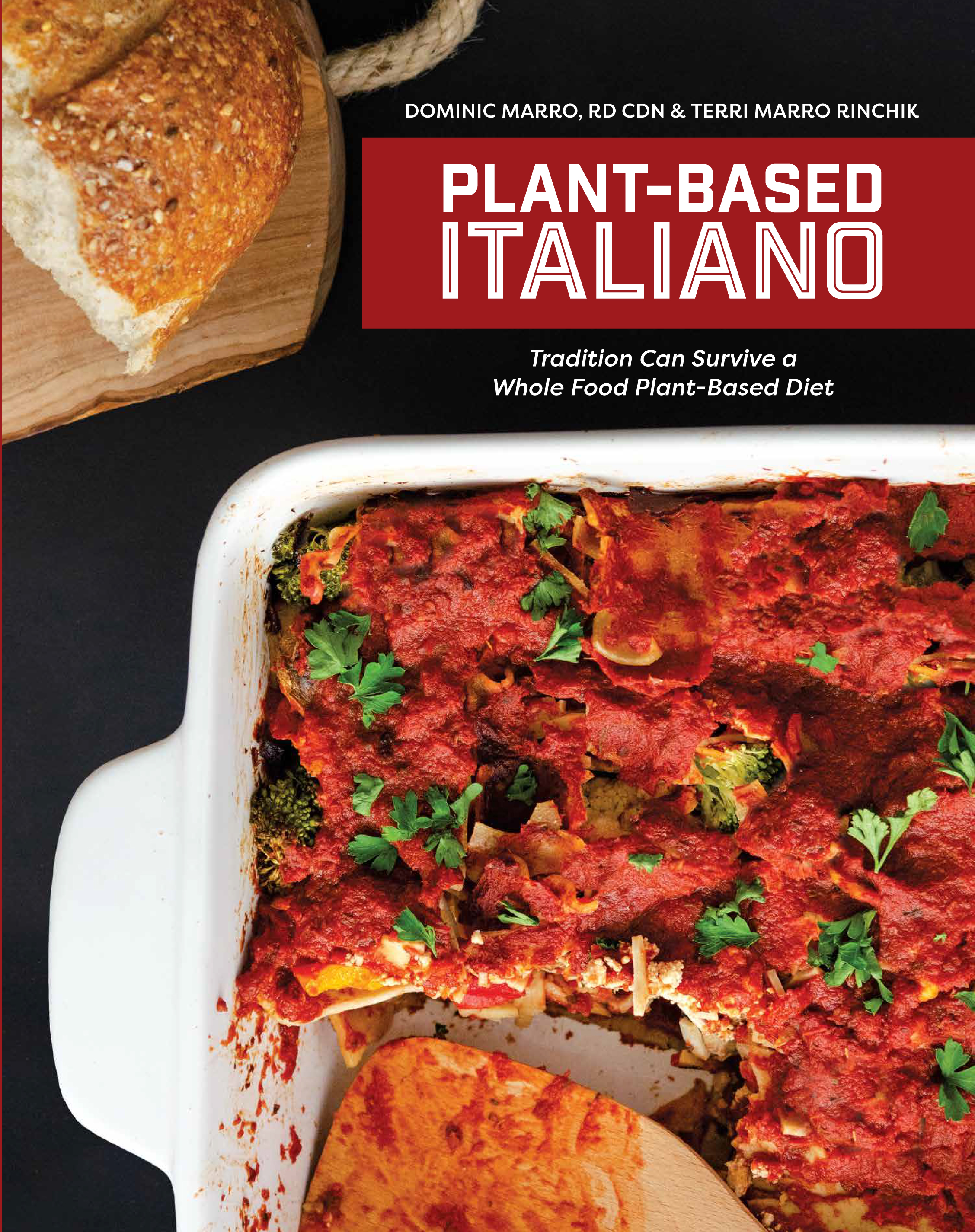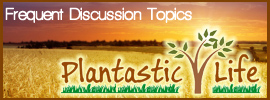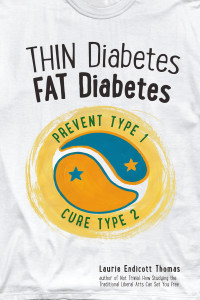I recently participated in a webinar sponsored by Con Agra called “Sodium (Too much, too little or just right?)”. Con Agra Foods, Inc is an American packaged foods company that makes and sells products under various brand names that are available in supermarkets, as well as restaurants and food service establishments. Their brand names include: Reddiwip, Hunts, Swiss Miss, Chef Boyardee, PAM, Orville Redenbacher’s, Hebrew National, Fleishman and others.
I usually don’t register for webinars sponsored by food manufacturers or industry trade groups. I also no longer register for webinars that ask irrelevant highly reductionist questions. Sadly that includes the majority of nutrition seminars.
I subscribe to the Cambellian view of nutrition which is the synergistic interactions of countless nutrients and their effect on human health. This view takes into account the amazing complexity of nutrition and human biological processes. Therefore, webinars like this, that focus on one nutrient, provide very little useful information.
However, I decided to register for this webinar in order to hear the latest tripe being fed to registered dietitians.
Because this webinar was sponsored by a food manufacturer, I fully expected that the information shared would suggest that concern about dietary sodium is unwarranted for most people.
The presenter, to his credit, admitted that he is a paid consultant for the dairy industry, but based on a follow-up comment, I got the impression that he felt that his association with dairy was irrelevant to this presentation. It’s never irrelevant. I knew that it was only a matter of time before a pro dairy message would sneak in.
Here is my summary of the webinar:
The main message of the webinar was that research shows that consuming sodium levels at or below current recommendations is just as dangerous as excessive sodium intake. Current recommendations encourage most of us not to exceed 2300 mg per day. According to the research that was shared, excessive amounts of sodium are amounts well above 3,436 mg,, which is the average daily intake for Americans. The presenter stated that the current average is right in the “sweet spot” of the ideal daily intake range of ~ 3000 to 5000 mg.
He discussed the original DASH study which showed that a diet rich in fruit,vegetables, whole grains and low-fat dairy foods was protective against hypertension (high blood pressure). He noted that the original Dash diet did not restrict sodium.
He also discussed the follow-up DASH – Sodium study. The study included 412 adult participants who were either prehypertensive or stage 1 hypertensive. The study participants were divided into two groups: those who followed the DASH diet and those who ate the standard American diet. The diets were subdivided by three different daily intakes of sodium which included:
- 3300 milligrams per day (typical in most American diets)
- 2400 milligrams per day
- ~ 1500 milligrams per day.
The results of the study showed that for both diets, blood pressure was lower in the groups that had a lower daily salt intake. However, for each of the sodium levels, blood pressure was significantly lower among those following the DASH diet compared with those following the American diet.
The presenter noted that the average blood pressure level of the DASH dieters from the original DASH diet was lower than the average blood pressure.of the low sodium DASH dieters in the DASH – Sodium study. Therefore he concluded that it was the overall diet that mattered much more than sodium intake.
He then shocked me by stating that nutrition involves a synergistic effect between nutrients in food and he suggested that the Institute of Medicine (IOM) should acknowledge this.fact and stop using a reductionist approach to the study of nutrition. I couldn’t believe I was hearing this from a reductionist, dairy-funded researcher! I then looked at the slide he was using when he made this statement and realized his suggestion was meaningless as the slide listed six or seven nutrients. Reductionist researchers only seem to attach importance to nutrients for which Recommended Daily Allowances (RDAs) have been determined. I’ve written before about the uselessness of RDAs. (This goes for Dietary Reference Intakes or DRIs as well)
It was apparent his definition of nutrition is very different from mine.
He didn’t mention the thousands of health promoting phytonutrients in whole plant foods as being involved in this synergy. Of course calcium and potassium were two nutrients on his slide – nutrients found in moderate to large amounts in dairy foods. In fact earlier in his presentation he mentioned that meeting calcium and potassium recommendations was critical in trying to achieve or maintain healthy blood pressure. He was adamant that adequate calcium and potassium intake was much more important than limiting sodium intake. This recommendation is as reductionist as it gets. He is focusing on only two nutrients and only one biomarker for health. This reductionist approach to nutrition is the same approach for which he later chastises the IOM.
Looking at the big picture, it’s all pretty meaningless. Discussing the supposed ideal amounts of sodium, phosphorous, potassium, calcium, and other nutrients is just a bunch of white noise. This debate never helps anyone figure out the best diet to follow in order to recapture or maintain health. I just hope that most of the dietitians participating in this webinar recognize the uselessness of the message. What’s even more important is that they recognize the reason the message is useless. It’s because the question “Sodium (Too much, too little or just right?)” is meaningless.
When people are transitioning to a health promoting whole food plant based (WFPB) diet, I never focus too much on sodium restriction, unless their physician has already prescribed a low sodium diet for them. Transitioning to a WFPB diet is quite difficult in the beginning for most people. There is no reason to make it more difficult by restricting sodium unnecessarily. Many folks are able to recapture their health without restricting sodium.
Most Americans with high blood pressure are at higher risk for suffering an ischemic stroke, which is the most common type of stroke in America. So it’s important to get one’s blood pressure under control.
Anyone who follows a WFPB diet is well protected from suffering an ischemic stroke. However, if they have high blood pressure, they are at greater risk for developing a hemmorhagic stroke. Asian populations who consume traditional WFPB diets have a higher risk of suffering hemorrhagic strokes due to high blood pressure caused by their very high sodium intake.
Some folks are more sensitive to higher dietary sodium than others. If a majority of a person’s health parameters improve while consuming a WFPB diet, but his/her blood pressure remains high, then a sodium restriction may be in order for that person. I find that Jeff Novick’s sodium density approach is the best way to help people who need to keep an eye on sodium intake.






 E Excerpt from Laurie Endicott Thomas’s amazing book Thin Diabetes – Fat Diabetes by clicking here!
E Excerpt from Laurie Endicott Thomas’s amazing book Thin Diabetes – Fat Diabetes by clicking here!
Speak Your Mind